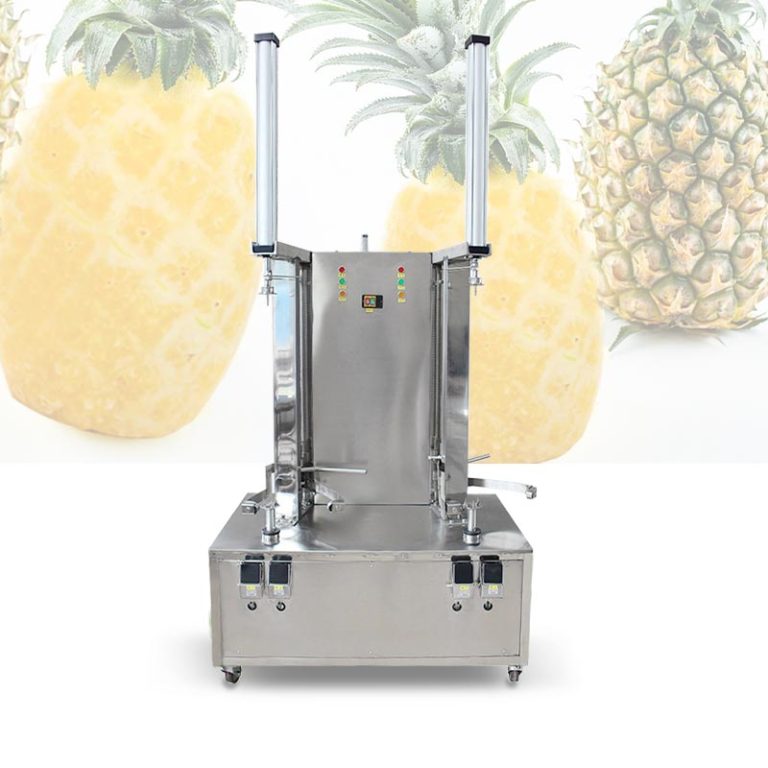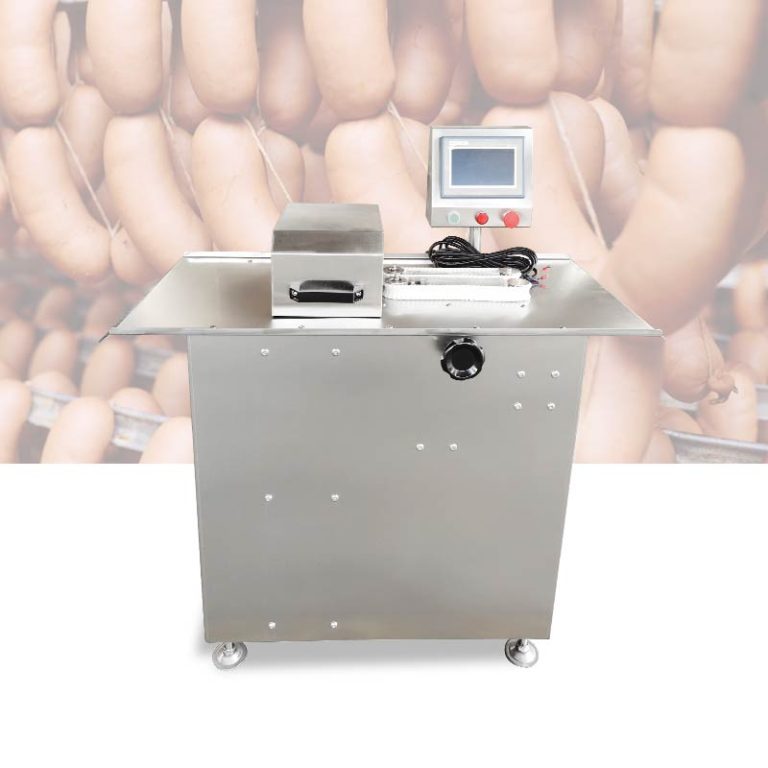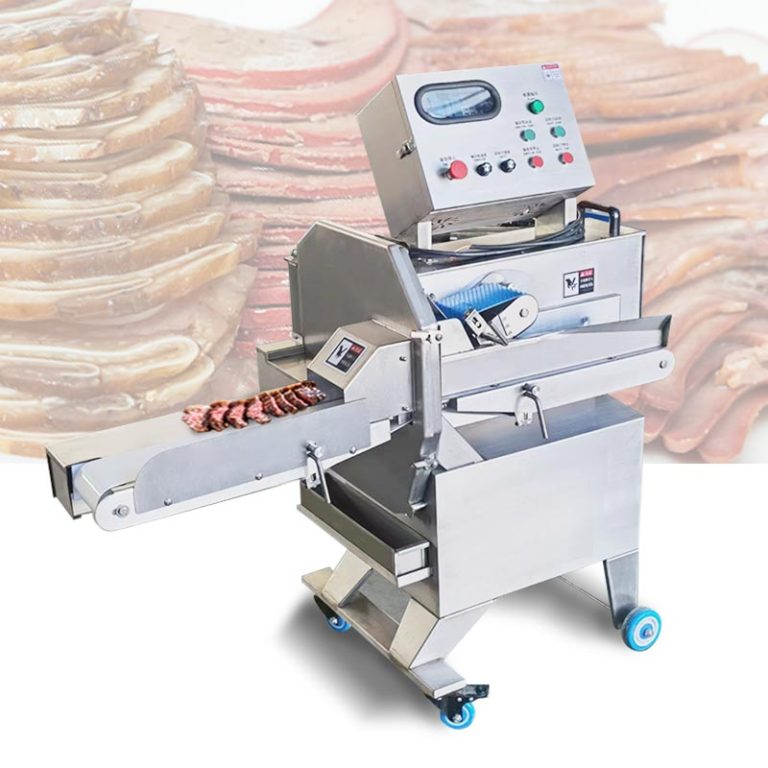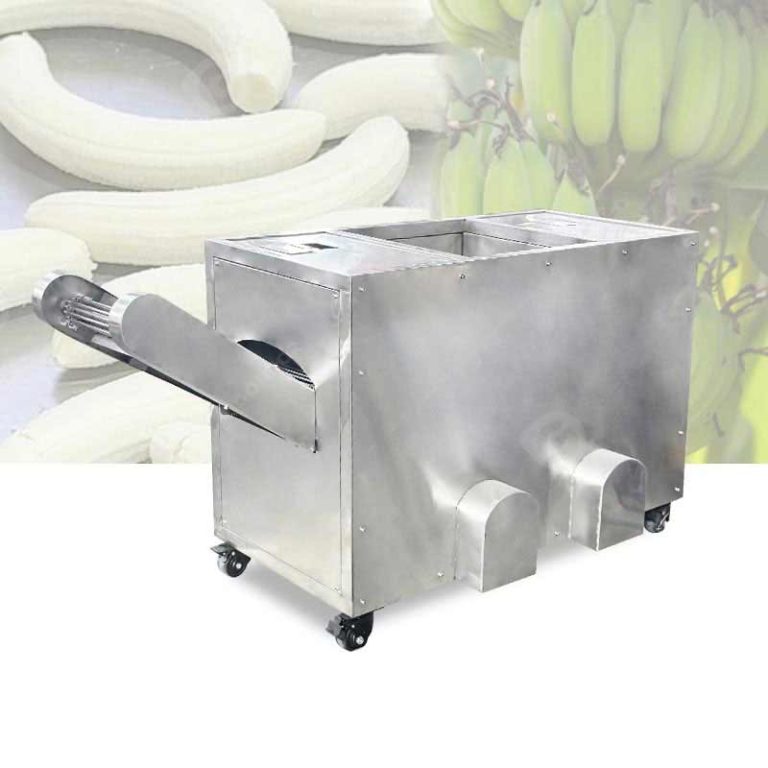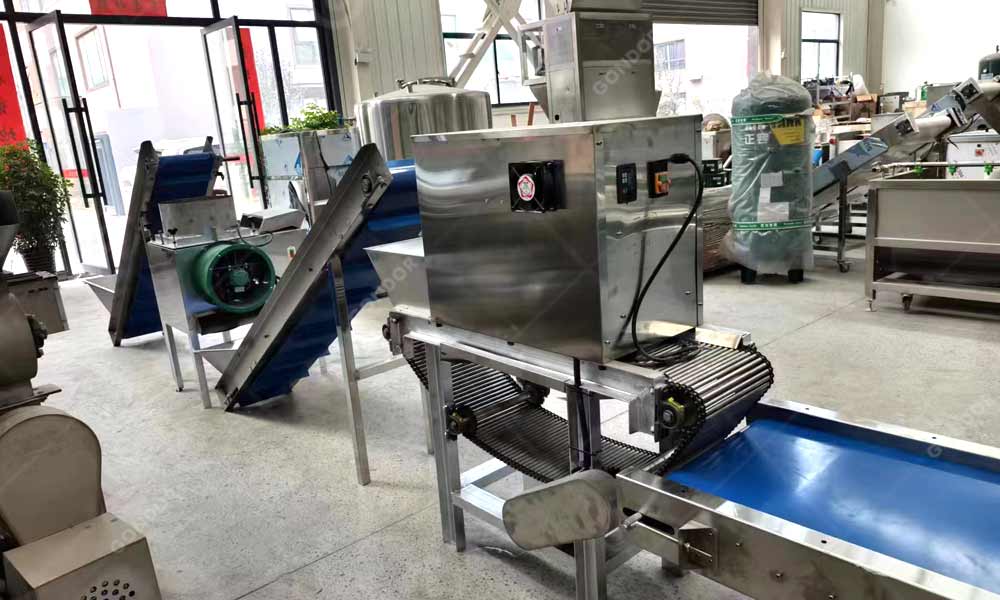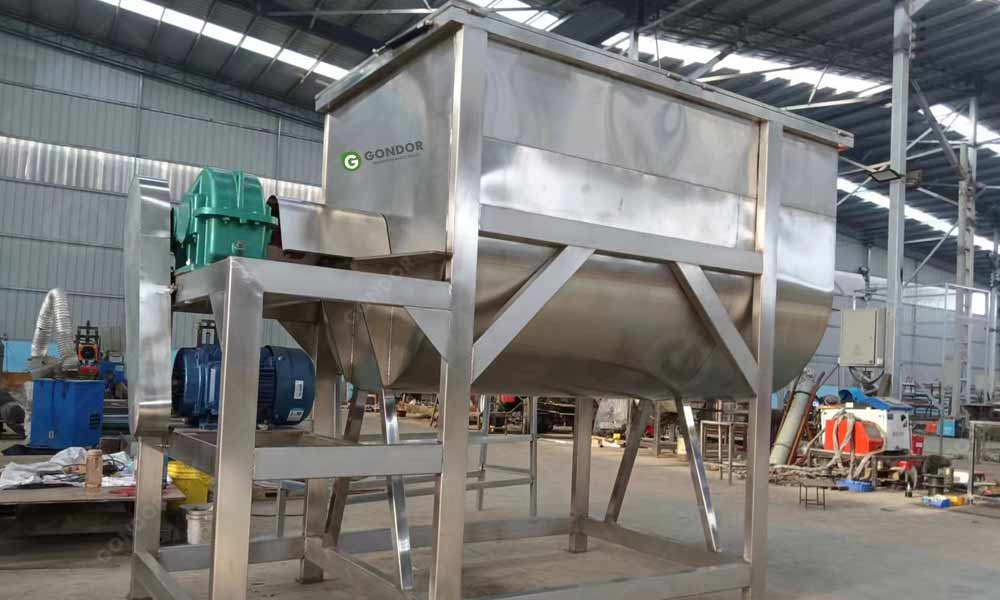There’s nothing quite like the rich, deep flavor of chocolate in a baked good. For many beginners, the world of baking with cocoa powder can seem a bit mysterious. What’s the difference between the natural and Dutch processes? Why do some recipes call for oil instead of butter? Fear not! This guide will demystify cocoa powder and set you up for baking success while also exploring the fascinating industrial process that brings this essential ingredient to your kitchen.
First, what exactly is cocoa powder?
To truly appreciate the cocoa powder in your cupboard, it helps to know its origin. Cocoa powder starts its life as a cocoa bean inside the fruit of the cacao tree. These beans are fermented, dried, and then roasted to develop their complex, chocolatey flavor. The roasting process is a critical first step, where time and temperature are precisely controlled to unlock the desired flavor profile. On an industrial scale, this is done using specialized equipment like Cocoa Bean Roasting Machine, which ensures an even, consistent roast for thousands of beans at once.
After roasting, the shells are removed, and the inner nibs are ground into a paste called chocolate liquor. Despite its name, this contains no alcohol; it’s simply pure cocoa in liquid form. This liquor is then pressed to separate the fat—the valuable cocoa butter—from the solid cocoa solids. The remaining dry, compressed cake of cocoa solids is then pulverized into the fine powder we know. This entire process, from bean to powder, relies on precision machinery to ensure quality and consistency, a specialty of industrial cocoa processing equipment.

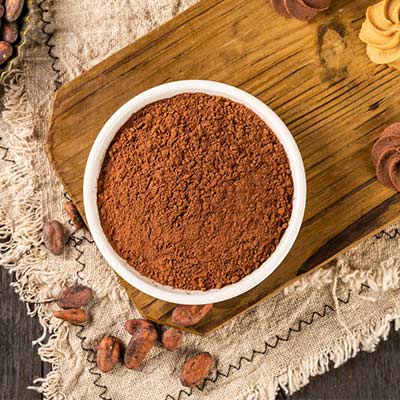
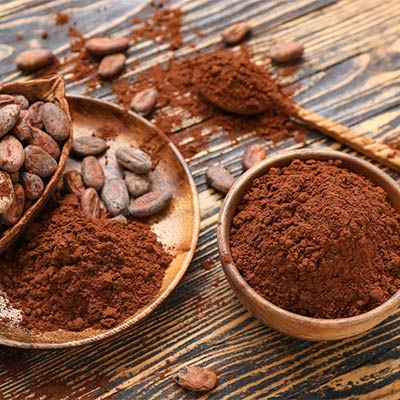
The Two Main Types of Cocoa Powder
Knowing which type you have is the most critical step in baking!
1. Natural Cocoa Powder
- What it is: This is the pure, roasted cocoa bean solids without any additional alkali treatment. It is acidic, light in color, and has a strong, fruity, and sharp chocolate taste.
- Best for: Recipes that use baking soda as the leavening agent. The acidity of the cocoa reacts with the alkali in the baking soda, creating carbon dioxide bubbles that help your baked goods rise. Think of classic chocolate cakes and brownies.
2. Dutch-Process Cocoa Powder
- What it is: This cocoa powder has been washed with an alkaline solution to neutralize its acidity. This “Dutching” process results in a darker color, a smoother, milder flavor, and better solubility. It is also less reactive.
- Best for: Recipes that use baking powder (which contains its own acid) as the leavening agent, or for recipes that don’t rely on chemical leavening, like hot chocolate, frostings, and ice cream. It creates a very rich, dark bake.
The Golden Rule: Do not substitute one for the other unless you are prepared to adjust the leavening agents! Using Dutch-process cocoa in a recipe designed for natural cocoa (with baking soda) can result in a flat, dense cake.
Key Tips for Baking with Cocoa Powder
- Sift It! Cocoa powder is incredibly fine and prone to clumping. Always sift it with your other dry ingredients (flour, baking powder/soda, salt) to ensure a smooth, lump-free batter. This simple step makes a huge difference in the final texture.
- “Bloom” the Cocoa (The Secret Trick): For an even more intense chocolate flavor, mix your cocoa powder with a small amount of boiling water or hot liquid from the recipe (like coffee, which enhances chocolate flavor) before adding it to the other ingredients. This process rehydrates the cocoa, helping its starch molecules swell and release more of its complex flavor compounds.
- Understand Fat Content: Since most cocoa butter is removed, cocoa powder is a low-fat ingredient. Therefore, recipes relying on it often need a sufficient source of fat (like butter, oil, or eggs) to achieve a moist texture. This is why oil-based chocolate cakes are often so incredibly fudgy and moist.
From Your Kitchen to the Factory Floor
While you’re measuring out a few tablespoons of cocoa powder for your brownies, it’s fascinating to consider the industrial process that makes it all possible. The consistent quality and fineness of commercial cocoa powder are achieved through advanced machinery. After the cocoa butter is pressed out, the resulting “cocoa cake” is broken into pieces and must be pulverized into a super-fine powder. This is where industrial grinding equipment, like the Cocoa Powder Grinding Machine, comes into play. This machinery is engineered to mill the cocoa solids to a precise and consistent fineness, ensuring the powder dissolves and disperses perfectly whether in a massive industrial mixer or your home kitchen bowl.
For those inspired to go beyond baking and perhaps try making chocolate from beans, the process involves further precision grinding. To create the silky-smooth texture of real chocolate, the cocoa nibs must be ground for hours, a process refined by machines like a Gondor Chocolate Ball Mill, which uses friction and impact to reduce particles to a micro-fine level.
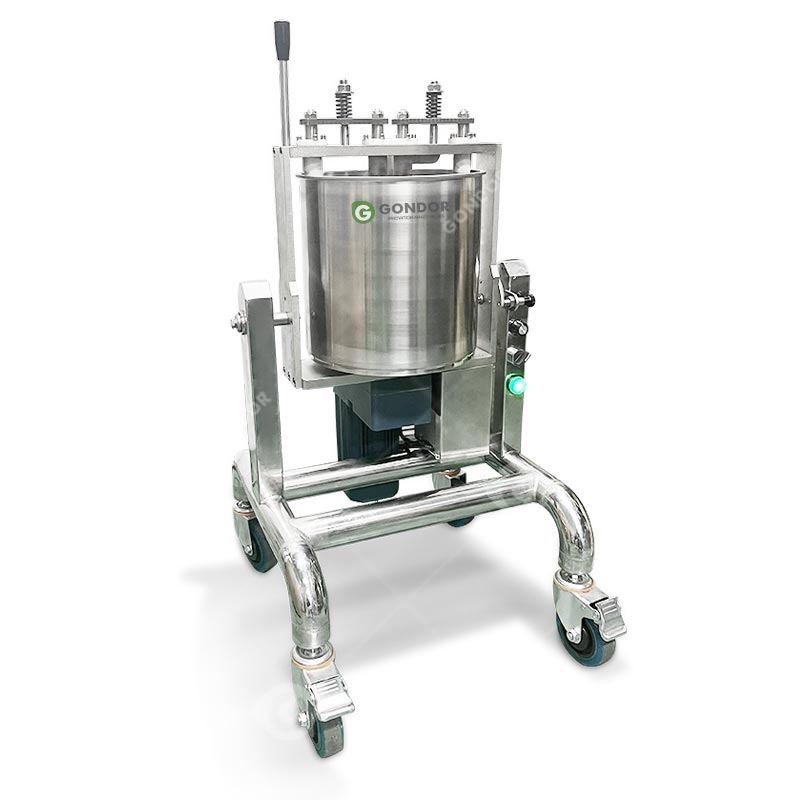
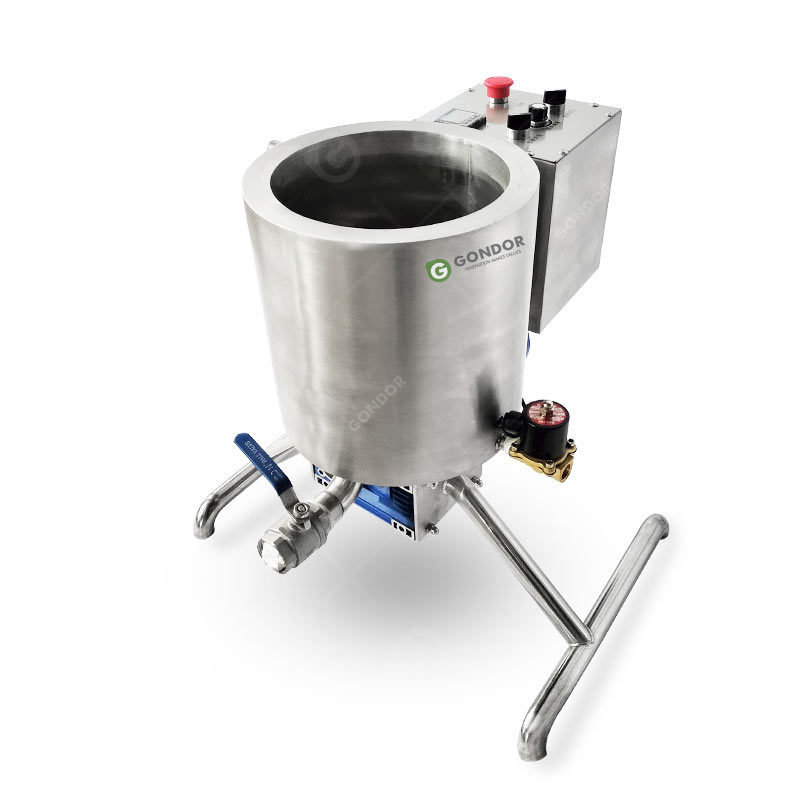
Simple Recipe to Start With: The Ultimate Cocoa Brownies
This recipe uses natural cocoa powder and baking soda for a classic, fudgy result.
-
Ingredients
1 cup (200g) granulated sugar
½ cup (115g) melted butter
2 large eggs
1 teaspoon vanilla extract
⅔ cup (65g) natural cocoa powder (sifted)
½ cup (63g) all-purpose flour
¼ teaspoon salt
¼ teaspoon baking soda -
Instructions
Preheat oven to 325°F (165°C). Grease an 8×8 inch pan.
In a medium bowl, mix the melted butter and sugar. Beat in the eggs and vanilla until the mixture is light and creamy.
In a separate bowl, whisk together the sifted cocoa powder, flour, salt, and baking soda.
Gradually add the dry ingredients to the wet ingredients and stir until just combined. Do not overmix.
Pour the batter into the prepared pan and spread it evenly.
Bake for 25-30 minutes, until a toothpick inserted into the center comes out with a few moist crumbs attached.
Let the brownies cool completely in the pan before slicing. This requires patience but is key for clean cuts!
Conclusion
Baking with cocoa powder is a rewarding skill that opens the door to a world of decadent treats. By understanding the different types, mastering a few simple techniques, and appreciating the journey from bean to box, you can bake with confidence. Remember, every great chocolate product, from a humble brownie to a gourmet chocolate bar, starts with quality ingredients and precision processing.




